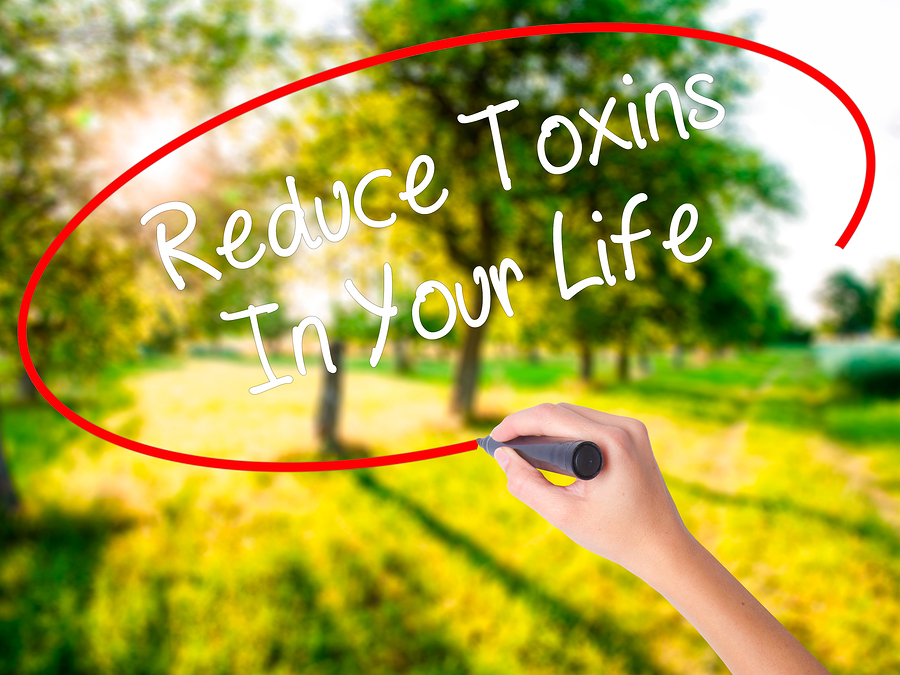Don't Miss
- Make It Yourself Lavender Heart-Shaped Bath Bombs!
- 20 Things You Never Knew About “Down There”
- 12 Best Foods For Those Suffering From Arthritis Pain
- 12 Personal Hygiene Mistakes Almost Everyone Makes (Mom Never Told You About #4!)
- 15 Medicinal Plants And Herbs From The Cherokee People
- 12 Mind-Blowing Benefits Of Drinking Coconut Water During Pregnancy
- 12 Outstanding Winter Foods That Won’t Fatten You Up Like A Christmas Turkey
Free Subscription To the Freshest Health News And Tips
Hide this
How To Protect Children From Toxins That Can Cause Brain Damage

Photo credit: bigstockphoto.com
11. Polybrominated diphenyl ethers
While these chemicals were initially used as flame retardants added to the clothing of children and infants, they were meant to keep little ones safe. When they were exposed to infants while still in the womb they interfere with the development of the baby’s brain.
Now that you are armed with this information, what else can you do to make sure that these toxins do not meet up with your children in any way.
- Pay attention and trust your intuition. Make sure your environment is safe and sound. Check all areas of your home and don’t bring any products into your home that say they can be dangerous if exposed to children.
- Use organic products. The good news is more and more food stores are either featuring sections with organic foods and products and there are other stores that are dedicating their entire inventory to locally farmed foods and green cleaning products.
- Childproof your home and the baby’s nursery. Go through your home and check out every product and area to make sure your child won’t get hurt or consume something he or she should not partake in. When you take the time in the beginning you won’t have to worry. You will just have to keep up as you bring new items into your home.
- Check all labels. The fewer ingredients the better. The old saying is if you can’t pronounce it you shouldn’t be eating it or using it in your home. Keep it simple.
READ ALSO: Are You Aware Of The Poison In Your Food? Infographic
- Stay informed. Make sure you stay up-to-date on the latest medical news and information regarding children and toxins. New products are added to the marketplace on a regular basis. Don’t bring anything home that your child could possibly get into and suffer from. Many housecleaning products and even laundry detergents have appeared to resemble candy and drew the attention of small children. If you must use them lock them up in a cabinet that is completely out of their reach.
References:

































Sheila Nico
Mar 27, 2017 at 5:00 am
This is scary! I have read in the Consumer Health Digest, that fluoride might just be one of those conspiracy theories that it can case mental retardation, oh well BPA is really bad, we cant argue with that